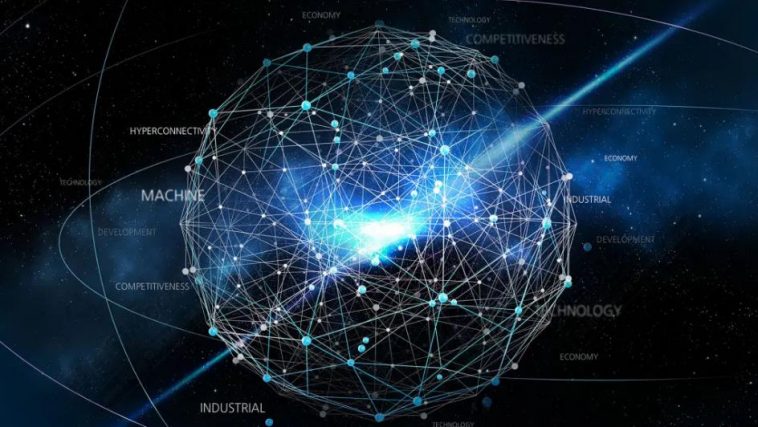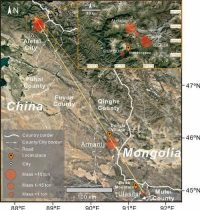Ubiquitous Computing
Today computers are a critical part of our lives. We have them as PCs, on our wrists, in our pockets, in cars, and even in household appliances such as TVs and fridges. Interestingly, as computers’ processing power increases, their microchips’ sizes continue to shrink. Now, we’re witnessing computers and computing devices becoming lighter, smaller, more powerful, cheaper, and more ubiquitous. The average cheap smartphone today is more powerful than a 10-year-old supercomputer. These powerful computers and devices are the gateway to, facilitators of all other technology trends.
Internet of Things (IoT)
After computers, enter connected, smart, and Internet of everything. We’ve become accustomed to IoT from devices like:
Computers
Smartwatches
TVs
Cameras
Thermostats
Electronic health devices
The internet of things (IoT) means an increasing number of connected, intelligent objects, devices, and ideas that can gather and transmit data. As we’ve seen the Metaverse emerge, our homes, workspaces, factories, cities, and hotels may be virtual and connected. All these spaces around us will be equipped with IoT-connected monitors.
Big Data and Analytics
The rush for careers in data science and analytics is happening for a reason. Institutions are now offering data courses like masters in applied statistics online because it’s in demand.
Big data and analytics is considered the future of everything from Ubiquitous computing, IoT, AI, and cloud computing to blockchain. Humans also increasingly generate data masses through daily activities. Together, machines and humans generate volumes of data being generated and analyzed daily. It’s called the “datafication of the connected world.”
Businesses use these volumes of data to improve their offerings, design better products and services, enhance their decision-making, and improve business processes. To achieve this, businesses need professionals, experts, and researchers in data science and analytics.
Artificial Intelligence (AI)
Artificial intelligence is perhaps considered the mother of all intellectual technology elements. All the data being generated and analyzed is an enabler for AI. Technology in IoT, data, and computing have together helped AI make incredible leaps, particularly in “conversational AI” that affects our environment, lives, work, and play.
AI has made more strides in navigation apps, smart personal assistants, image and speech recognition, ride-sharing apps, and much more. Many businesses are combining AI capabilities with computers, IoT, data, and computers to generate better human interaction, healthcare provision, brand visibility, and more.
Robotics
Robots are increasing and radically changing how we live and work. They reduce human risks at work and time spent working. This way, robots automate repetitive tasks, allow workers to perform other needy tasks, or replace human workers in dangerous working environments. Robotics is now used in many industries like:
Retail
Agriculture
Mining
Manufacturing
Warehousing
Healthcare
While it’s feared that robotics can disrupt work and threaten the livelihood of many workers, it’s creating new job opportunities and altering existing ones.
Blockchain
Everything in the future seems to be connected and converging towards something, as we can see in blockchain. Although blockchain technology became vibrant recently, and most people think of it in relation to cryptocurrencies, it includes NFTs and the Metaverse. It is enabled by data analytics, IoT, AI, computing, and more.
Blockchain is simply data “you can only add to and not change or take away from,” thus the word “chain.” The inability to change or remove previous blocks from the chain is what makes it more secure. Additionally, blockchain is decentralized and consensus-driven, meaning that entities can control the data. This eliminates the power of third parties to oversee, control, or validate transactions.
Future transactions might not involve physical cash, and future goods and services might not be physical. It’s an industry that’s developing rapidly and changing things as we know it.
Edge Computing Over Cloud Computing
Formerly cloud computing was the trend to watch. But it’s since become mainstream, with major players Microsoft Azure, AWS (Amazon Web Services), and Google Cloud Platform. While the adoption of cloud computing is still ongoing, a technology is emerging called Edge computing.
With big data to process and the realization of the shortcomings of cloud computing, such as data security, latency, and availability, organizations are opting for Edge computing. It is promising to solve these problems and get data to the organization’s data centers for processing.
Edge computing (distributed computing framework) brings enterprise applications closer to their data sources, such as local edge servers or IoT devices. This close proximity to data at the source can deliver robust business benefits, including reduced latency, faster insights, and better bandwidth availability.
Finally
As technology continues to grow, and with the development of 5G networks, more tech trends will continue to shape our future. As humans, we need to monitor these trends and continue to upskill and reskill to stay with the trends. These tech trends also converge and feed into each other, delivering huge changes for humans, businesses, and machines.



GIPHY App Key not set. Please check settings